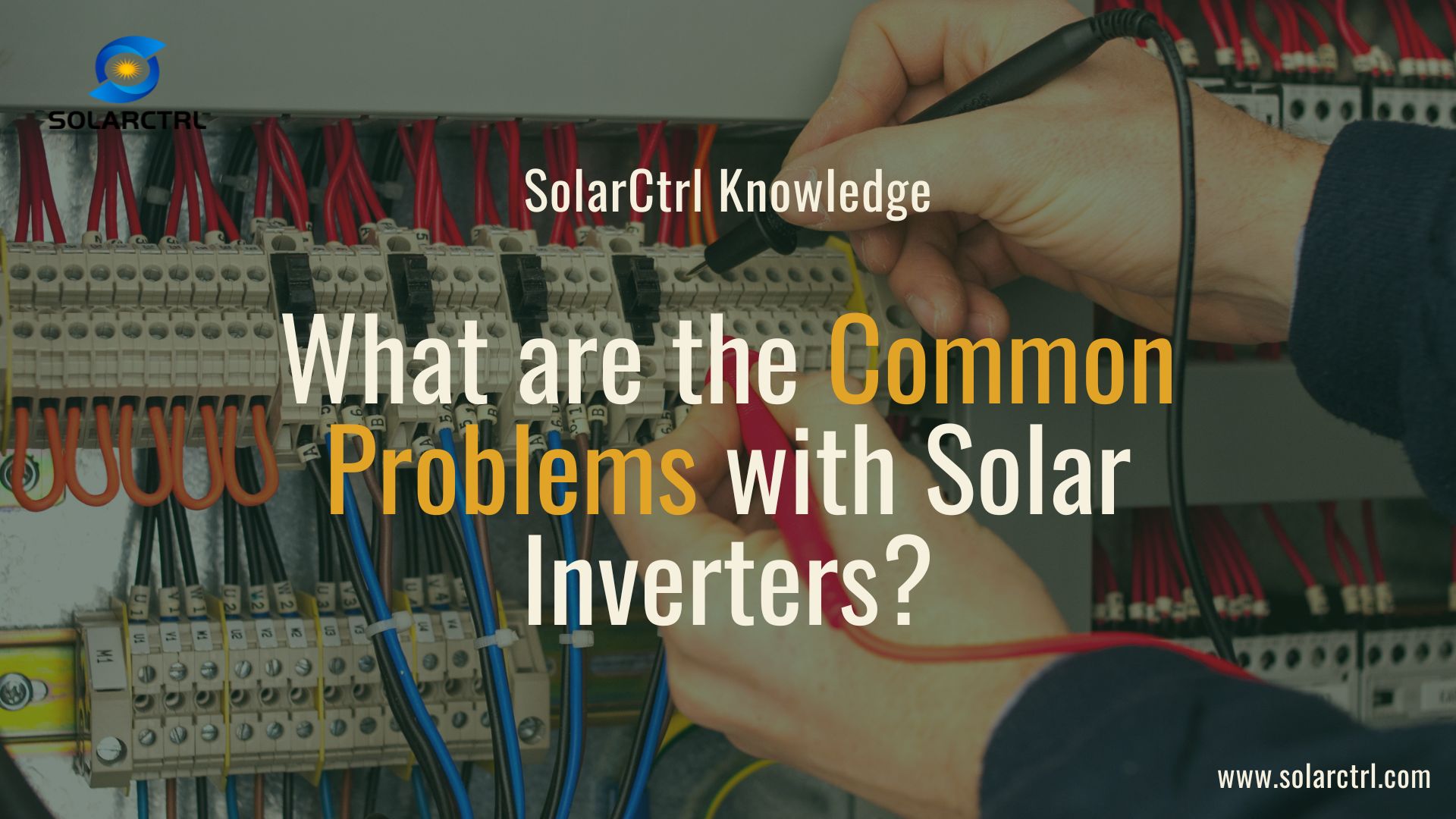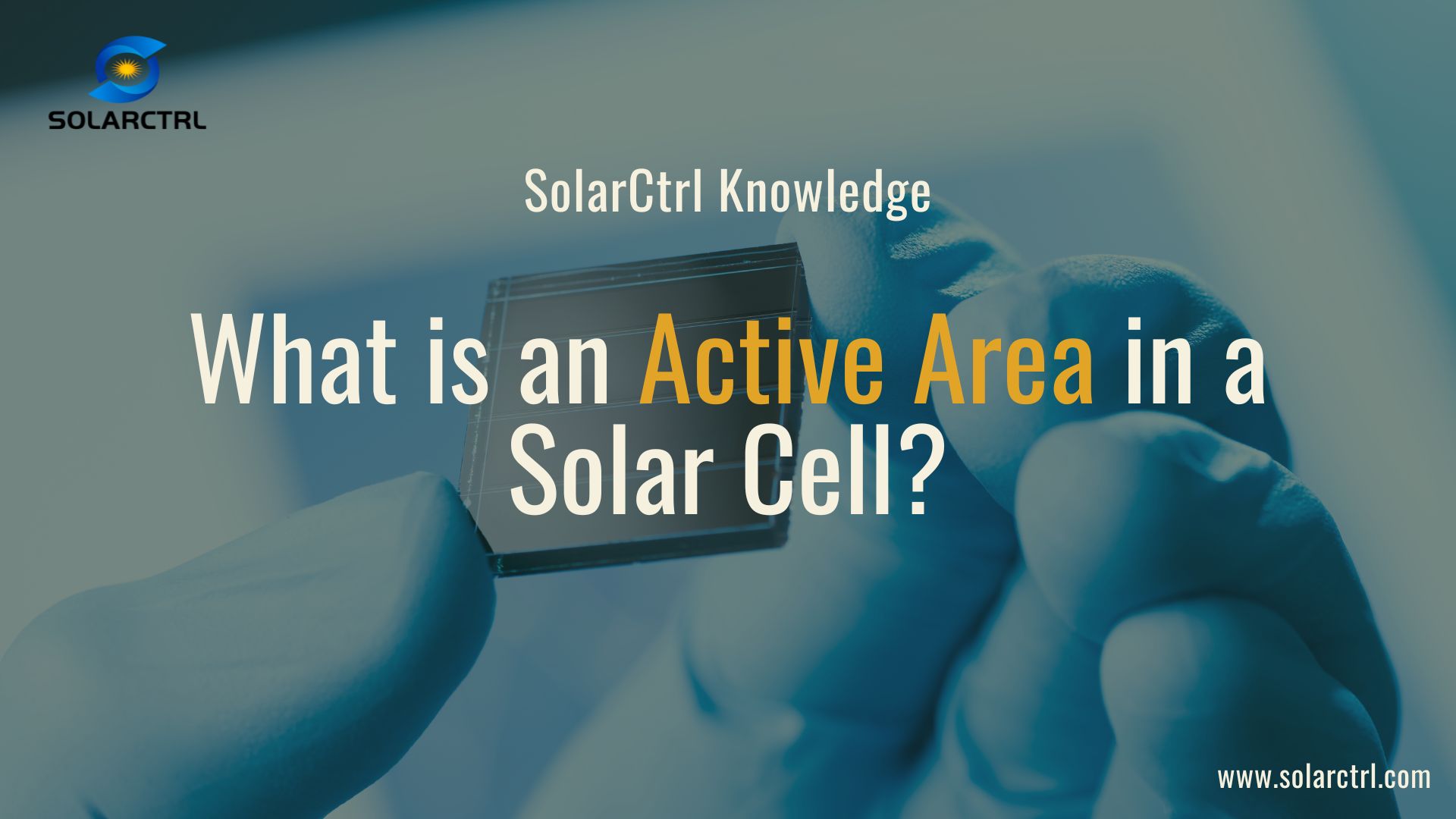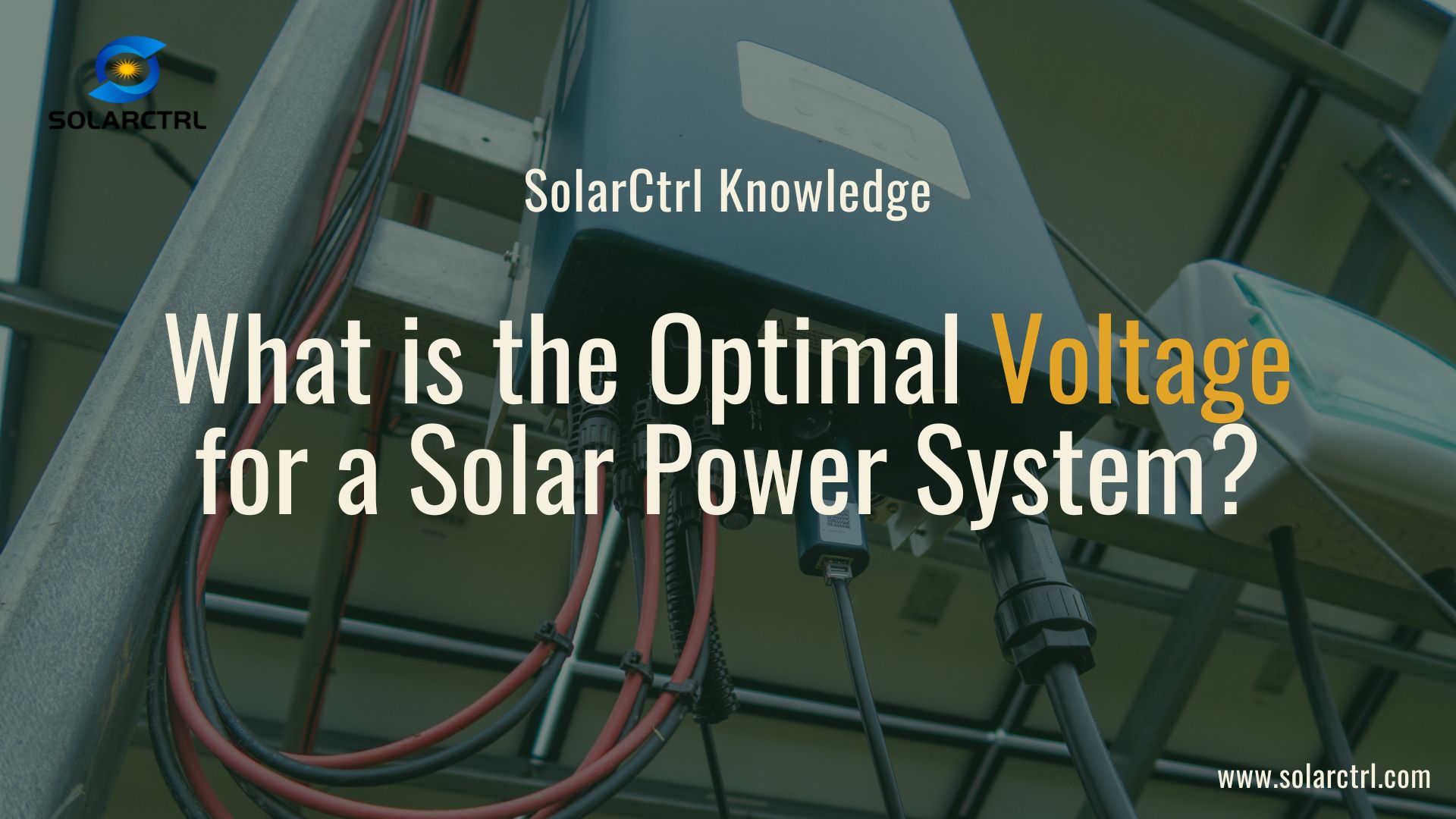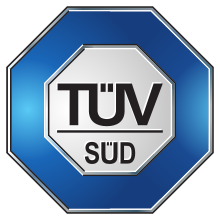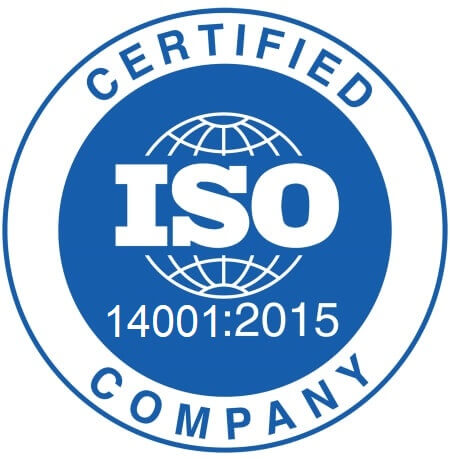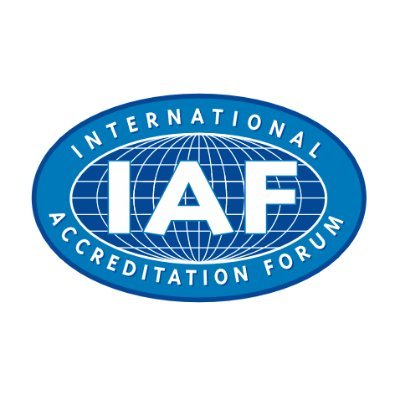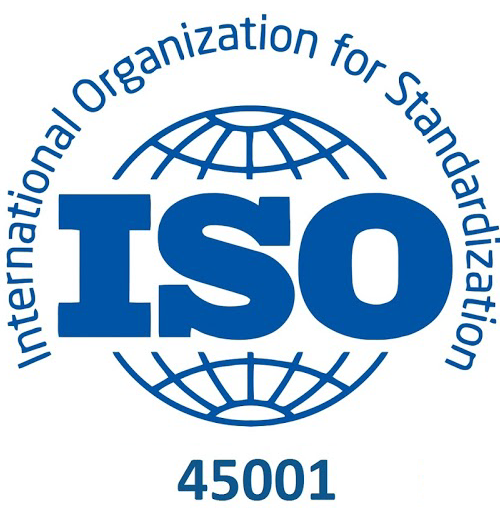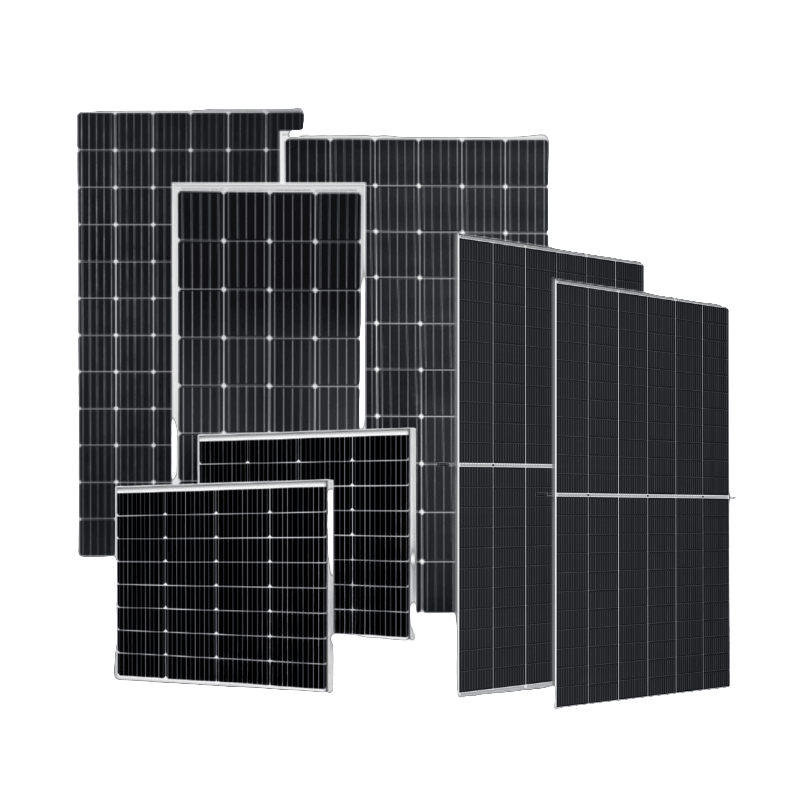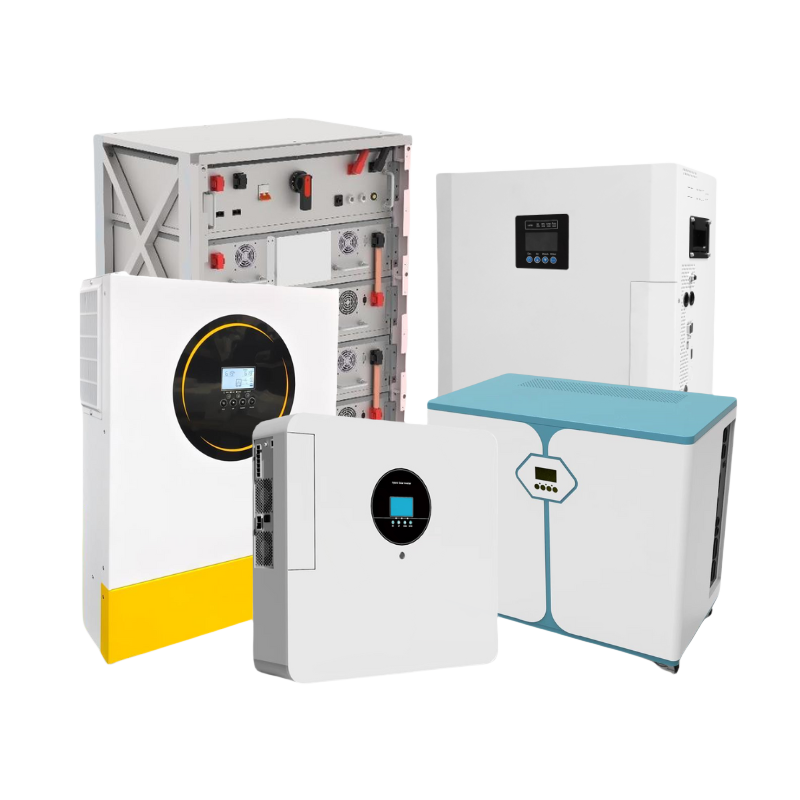A lithium-ion battery cell is the basic unit that stores and releases energy using lithium-ion movement between a positive (cathode) and negative (anode) electrode. Multiple cells form a module, and several modules create a battery pack. Cell types vary by chemistry, shape, voltage, and energy density—each suited for different industrial or commercial uses.
Let’s explore how lithium-ion cells work, what differentiates them, and how to evaluate their quality before you commit to a bulk order or installation.
1. What Is a Lithium Ion Battery Cell?
A lithium-ion battery cell is a compact and highly efficient energy-storage device that produces electricity through reversible chemical reactions. Each cell is built around four essential components that work together to store and release energy.
• Cathode – The positive electrode, typically made from materials such as NMC, LFP, NCA, or LCO. Its composition defines the cell’s energy density, safety level, and cycle life.
• Anode – The negative electrode, usually made of graphite or a graphite–silicon blend. The anode structure influences charging speed and overall capacity.
• Electrolyte – A lithium salt dissolved in organic solvents, enabling lithium-ion movement between electrodes during charging and discharging.
• Separator – A microporous polymer film that prevents the electrodes from touching, while allowing ions to pass through freely.
Lithium-ion cells are manufactured in multiple form factors, including cylindrical (like 18650 and 21700), prismatic, and pouch cells. Although their shapes differ, the electrochemical principles remain the same.
In real-world applications, individual cells are combined to create higher-capacity energy systems. For instance, a 12V battery uses four LFP cells connected in series, while a 48V solar battery contains sixteen. Large EV battery packs may integrate several thousand cylindrical or pouch cells.
Because the cell is the smallest functional unit, its quality directly shapes the overall performance, safety, durability, and reliability of the entire battery system.
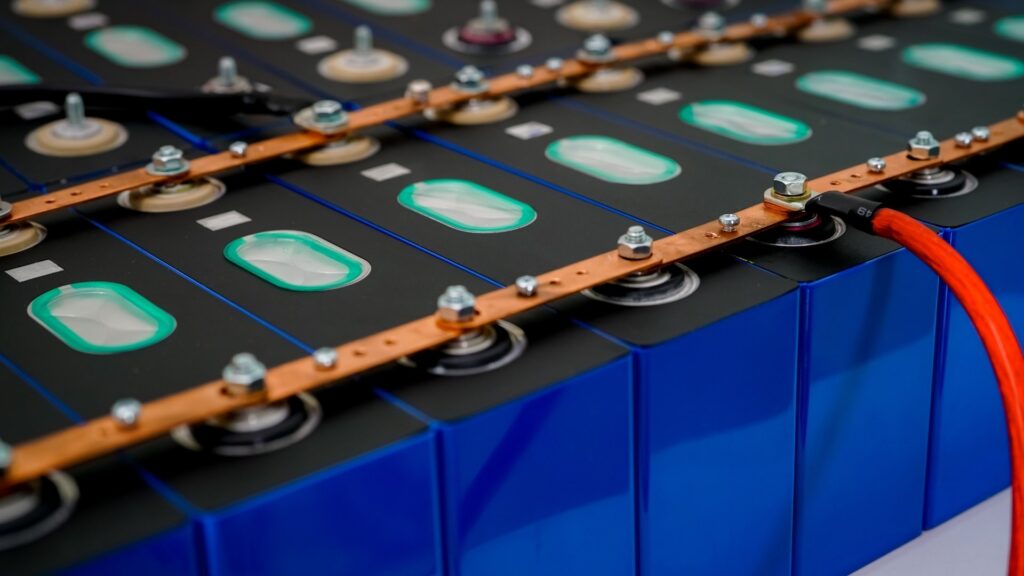
2. How Do Lithium-Ion Cells Work?
Lithium-ion cells operate through the coordinated movement of lithium ions and electrons between the anode and cathode during charging and discharging. This reversible flow allows the cell to repeatedly store and release energy with high efficiency.
Charging Process
- The charger supplies an external voltage higher than the cell’s internal voltage.
- Lithium ions migrate from the cathode to the anode through the electrolyte.
- Electrons travel through the external circuit toward the anode to maintain charge balance.
- The ions intercalate into the anode’s graphite structure, storing chemical energy for later use.
Discharging Process
- Lithium ions move from the anode back to the cathode during discharge.
- Electrons are forced through the connected device, powering electronics, EV motors, or energy storage systems.
- The chemical energy stored inside the cell is converted back into usable electrical energy.
The efficiency and performance of this process depend heavily on material purity, electrode design, electrolyte stability, temperature control, and internal resistance. High-quality cells generate less heat, maintain balanced ion flow, and deliver consistent output.
Lithium-ion technology surpasses lead-acid because ions intercalate into host materials rather than causing structural damage during cycling. This enables dramatically longer lifespan, higher energy density, and better overall reliability for both consumer and industrial applications.
3. What Are the Main Types of Lithium Ion Battery Cells?
Lithium-ion battery cells vary widely in chemical composition and physical structure. These two factors strongly influence the cell’s performance, safety behavior, lifespan, and suitability for specific industries. Understanding both aspects is essential for buyers who need reliable and cost-effective long-term solutions.
3.1 By Chemistry
a) Lithium Iron Phosphate (LiFePO4 or LFP)
LFP cells are known for exceptional thermal stability and extremely long cycle life. They are less energy-dense than NMC or NCA, but their superior safety profile and tolerance to high temperatures make them ideal for solar storage, telecom backup systems, off-grid installations, and electric buses. LFP’s robust structure also results in lower degradation over time.
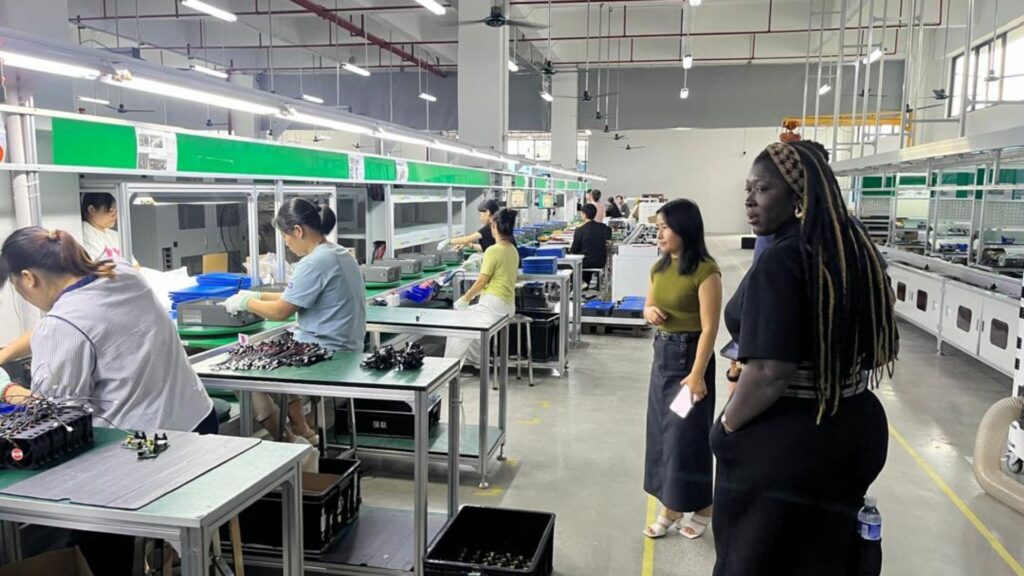
b) Nickel Manganese Cobalt (NMC)
NMC cells offer an excellent balance of high energy density, reasonable cost, and strong discharge performance. These cells are widely used in EVs, power tools, and portable electronics. Their versatile characteristics allow manufacturers to optimize either energy density or power output depending on the application.
c) Nickel Cobalt Aluminum (NCA)
NCA is one of the highest energy-density chemistries available today. It delivers outstanding performance for long-range EVs, especially premium models such as those produced by Tesla. However, NCA requires more advanced cooling and management systems due to its sensitivity to heat.
d) Lithium Cobalt Oxide (LCO)
LCO offers very high energy density in compact formats, which is why it is commonly used in smartphones, tablets, cameras, and other handheld electronics. Its drawbacks include shorter cycle life and lower thermal stability, making it less suitable for large-scale or high-load applications.
e) Lithium Manganese Oxide (LMO)
LMO cells are valued for excellent power output and rapid discharge capability. Although the energy density is lower than NMC or NCA, their high current tolerance makes them ideal for power tools, medical devices, and electric two-wheelers.
3.2 By Form Factor
a) Cylindrical Cells (18650, 21700, 4680)
Cylindrical cells provide exceptional structural stability and excellent heat dissipation. Manufacturers can achieve very consistent quality with this format, which is why cylindrical cells dominate power tools, e-bikes, and many EV battery packs. Newer formats like 4680 promise higher capacity and improved thermal management.
b) Prismatic Cells
Prismatic cells are larger in size and more space-efficient for commercial battery packs. Their rigid aluminum housing improves structural integrity, making them a popular choice for solar energy storage systems, home ESS, commercial ESS, and electric vehicles.
c) Pouch Cells
Pouch cells are lightweight and flexible, offering the best space utilization. They allow manufacturers to design slim or custom-shaped battery packs. However, pouch cells require strict quality control, as poor manufacturing can lead to swelling. They are widely used in mobile electronics and some EV applications.
Choosing the right cell type requires evaluating the project’s energy needs, temperature environment, safety requirements, expected cycle life, and cost structure. Each chemistry and form factor offers unique strengths that can dramatically influence performance and long-term reliability.

4. What Are the Advantages of Lithium Ion Battery Cells?
Lithium-ion battery cells dominate today’s energy storage market because they deliver a combination of performance, safety, and long-term value that older chemistries cannot match. Their unique electrochemical design enables higher energy density, faster charging, longer cycle life, and more reliable performance across a wide range of environments.
4.1 High Energy Density
Lithium-ion cells store significantly more energy per kilogram than lead-acid or nickel-based batteries. This allows manufacturers to design compact, lightweight systems for EVs, solar storage, UPS devices, and portable electronics without sacrificing runtime or output power.
4.2 Long Cycle Life
With proper management, lithium-ion cells can endure thousands of charge cycles.
• LFP typically offers 3,000–7,000 cycles, ideal for solar and ESS applications.
• NMC and NCA deliver 1,000–2,000 cycles, suited for EVs and high-density systems.
A longer cycle life translates directly into a lower total cost of ownership for commercial users.
4.3 High Efficiency
Lithium-ion cells achieve over 95% charge efficiency, maintain low self-discharge, and offer stable voltage under load. This results in more usable energy per cycle and reduced electricity waste in long-term operation.
4.4 Safety and Stability
Modern cells include reinforced separators, precise thermal management, and high-purity active materials. LFP cells, in particular, exhibit outstanding thermal stability and resistance to stress, making them a preferred choice where safety is critical.
4.5 Fast Charging Capabilities
Optimized electrode structures and low internal resistance allow lithium-ion cells to charge quickly without generating excessive heat, reducing downtime for EV fleets or backup power systems.
4.6 Environmental Benefits
Lithium-ion batteries contain no lead or cadmium, and core materials such as copper, aluminum, and nickel are recyclable. This contributes to a cleaner environmental footprint over the system’s full lifecycle.
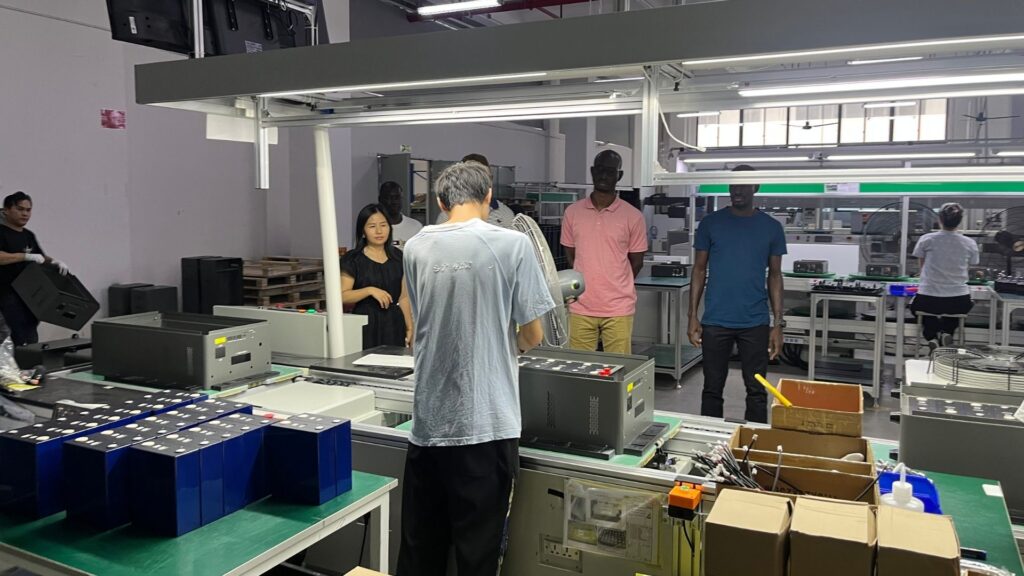
5. What Are Lithium-Ion Cells Used For?
Lithium-ion cells power a broad range of modern electrical systems, from small personal devices to industrial-grade energy storage. Their combination of high energy density, long cycle life, and stable performance makes them suitable for nearly every sector that relies on rechargeable batteries.
5.1 Renewable Energy and Solar Storage
LFP lithium-ion cells are the preferred choice for renewable energy due to their long lifespan, heat resistance, and strong safety profile. They are widely used in home solar systems, commercial energy storage systems, telecom base stations, off-grid cabins, and backup power solutions. Their ability to maintain stable performance in high-temperature environments makes them especially valuable in tropical or desert regions.
5.2 Electric Vehicles
EVs depend heavily on lithium-ion cells that can handle high discharge rates and deliver long driving range. NMC and NCA chemistries dominate this field, while LFP is increasingly used in cost-effective EV models. Cylindrical, prismatic, and pouch formats are all adopted based on vehicle design and thermal management requirements.
5.3 Consumer Electronics
Smartphones, laptops, tablets, cameras, and wearables rely on small pouch or cylindrical lithium-ion cells. These products require lightweight, compact batteries that deliver high energy in a small footprint.
5.4 Power Tools and Industrial Equipment
Power tools demand cells capable of high power output and rapid discharge. NMC and LMO chemistries are commonly used in drills, hedge trimmers, medical equipment, and UPS systems.
5.5 Mobility Devices
Electric bikes, scooters, and wheelchairs often use 18650 or 21700 cylindrical cells. These formats offer durability, affordability, and consistency across thousands of cycles, making them ideal for shared mobility and personal transportation devices.
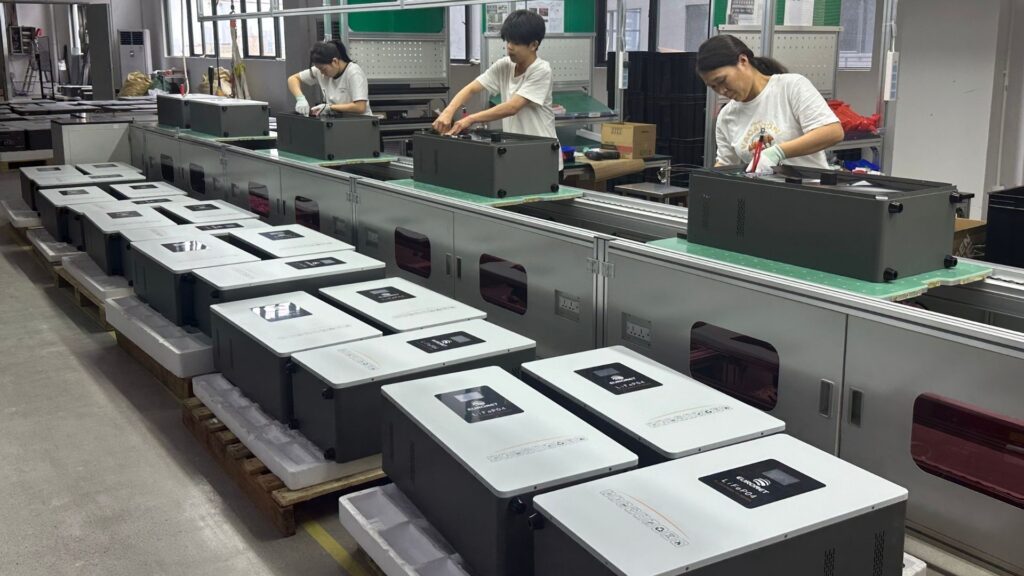
6. Where Are Most Lithium Ion Battery Cells Manufactured?
The global lithium-ion cell industry is highly concentrated in Asia, with China, South Korea, and Japan dominating production capacity, technology development, and supply chain integration. Each region contributes differently to the worldwide battery ecosystem, shaping both pricing and innovation trends.
China
China is the world’s largest producer of lithium-ion battery cells, responsible for the majority of global output.
Companies such as CATL, BYD, EVE, CALB, and Farasis supply cells for electric vehicles, solar storage systems, consumer electronics, and large-scale energy storage.
China’s competitive advantage comes from its fully integrated supply chain, high-volume manufacturing capability, and leading research in LFP and NMC chemistries. The country also benefits from extensive mineral processing infrastructure, which keeps production costs lower than in most other regions.
South Korea
South Korea plays a significant role as well, particularly in the development of high-performance NMC lithium-ion cells. Manufacturers like LG Energy Solution and Samsung SDI are known for their strong focus on cycle consistency, high energy density, and safety performance.
Korean companies supply batteries to many global EV brands and maintain a strong presence in consumer electronics and industrial applications.
Japan
Japan, historically the birthplace of commercial lithium-ion battery technology, continues to influence the market through its advanced NCA and high-reliability cell designs.
Panasonic remains a leading supplier, especially for electric vehicles that require high energy density and long-range capability. Japanese companies are recognized for their strict quality control standards and long-standing expertise in material engineering.
United States & Europe
In the United States and Europe, lithium-ion cell production is expanding rapidly due to the accelerating adoption of electric vehicles and the push toward energy independence. Companies are building new gigafactories to reduce reliance on imports, but domestic output is still far from meeting demand.
As a result, these regions continue to source a significant portion of their cells from Asian manufacturers while investing heavily in future capacity and next-generation solid-state technologies.
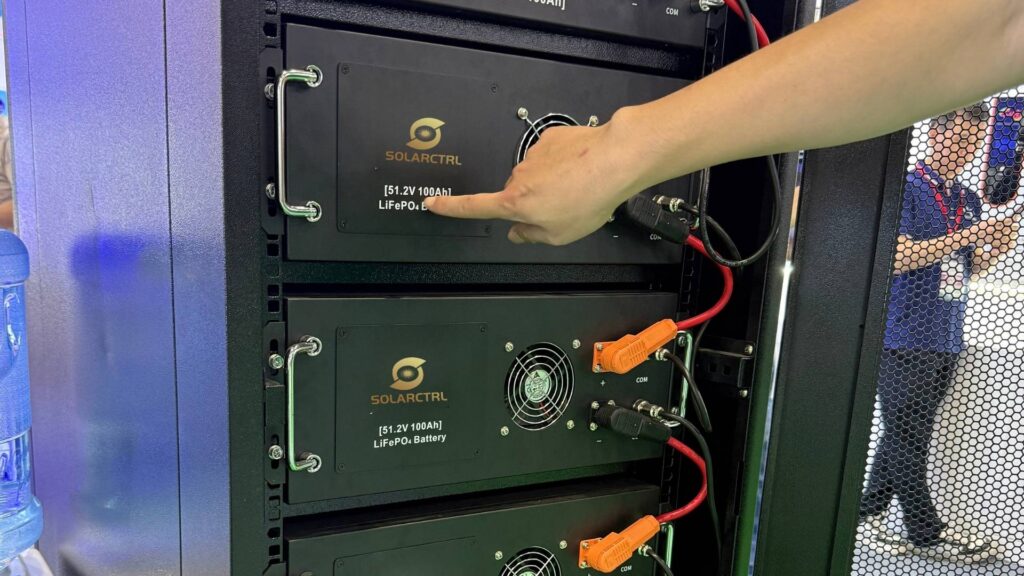
7. How to Choose the Right Lithium Battery Cell?
Selecting the right lithium-ion battery cell is one of the most critical decisions for commercial buyers, as it directly affects system safety, long-term performance, project cost, and customer satisfaction. The ideal cell depends on the intended application, required lifespan, environmental conditions, and compliance expectations.
7.1 Application Requirements
Different applications demand different chemistries.
• Solar energy storage benefits most from LFP cells due to their long cycle life and excellent heat resistance.
• Electric vehicles require high-energy-density NMC or NCA cells to achieve longer driving ranges.
• Power tools and industrial devices need cells with strong discharge capability to support high load currents.
• Telecom and backup systems prioritize stability, consistency, and extended lifecycle performance.
7.2 Voltage and Capacity
Nominal voltage varies by chemistry: LFP operates at 3.2V, while NMC/NCA cells offer 3.6–3.7V. Capacity depends on cell size:
• 18650 cells range from 2.5–3.5Ah
• 21700 cells offer 4.0–5.0Ah
• Prismatic LFP cells typically range between 50Ah and 300Ah
Buyers should match voltage and capacity to system design to avoid compatibility issues.
7.3 Cycle Life
Cycle life is affected by charge rate, temperature, and material quality. Standard evaluation uses:
• 0.5C charge/discharge rate
• 25°C environment
• End-of-life defined at 80% capacity retention
Longer cycle life reduces replacement frequency and lowers long-term project cost.
7.4 Safety Certifications
International shipments and large installations require compliance with global safety standards. Essential certifications include:
• UN38.3 for transport safety
• MSDS for chemical documentation
• CE and IEC62133 for device compatibility
• UL for North American markets
Certified cells minimize regulatory risk during customs clearance and final installation.
7.5 Manufacturer Reliability
Reliable manufacturers ensure batch consistency, offer realistic warranties, provide traceability, and demonstrate actual production capacity. Buyers should prioritize suppliers capable of sustained long-term deliveries rather than traders offering inconsistent sourcing.
7.6 Sample Testing
Before confirming a bulk order, buyers should conduct independent tests, including internal resistance checks, full capacity testing, weight comparison, and high-temperature performance evaluation. Reputable suppliers offer detailed test reports and transparent data for verification.

Conclusion
Lithium-ion battery cells are the foundation of modern energy solutions, and choosing the right ones is essential for long-term safety, performance, and cost efficiency. For commercial buyers, this means evaluating chemistry, cycle life, certifications, and supplier capability with care.
SolarCtrl supports buyers with high-quality LFP and NMC cells, strict testing standards, and stable supply designed for solar systems, ESS projects, and commercial applications. Our focus on consistency and technical reliability helps ensure your project performs as expected from day one.
Contact SolarCtrl today to request samples, technical guidance, or a customized quotation for your upcoming project.
FAQs
1. Are Grade A and Grade B lithium cells really different?
Yes. Grade A cells meet strict factory testing standards for capacity, internal resistance, and consistency. Grade B cells fail one or more tests and are usually cheaper but less reliable for commercial use.
2. What factors influence lithium cell pricing the most?
Key drivers include raw material costs (especially lithium, nickel, and cobalt), global supply chain pressure, production scale, cell grade, and certification level.
3. Can I mix lithium cells from different brands in one battery pack?
Mixing is strongly discouraged. Differences in internal resistance and chemistry can cause imbalance, overheating, or rapid degradation.
4. What happens if a lithium cell overheats during operation?
Most quality cells will trigger the BMS to cut off charge or discharge. Persistent overheating indicates mismatch, poor cooling design, or low-grade cells.
5. Do lithium-ion cells require regular balancing?
Yes. Even high-quality cells experience minor capacity drift over time. A good BMS performs active or passive balancing to maintain pack stability.
6. Can I request customized voltage or capacity from manufacturers?
Custom cell designs are usually not feasible, but customized battery packs using standard cells are widely available and more cost-effective.



